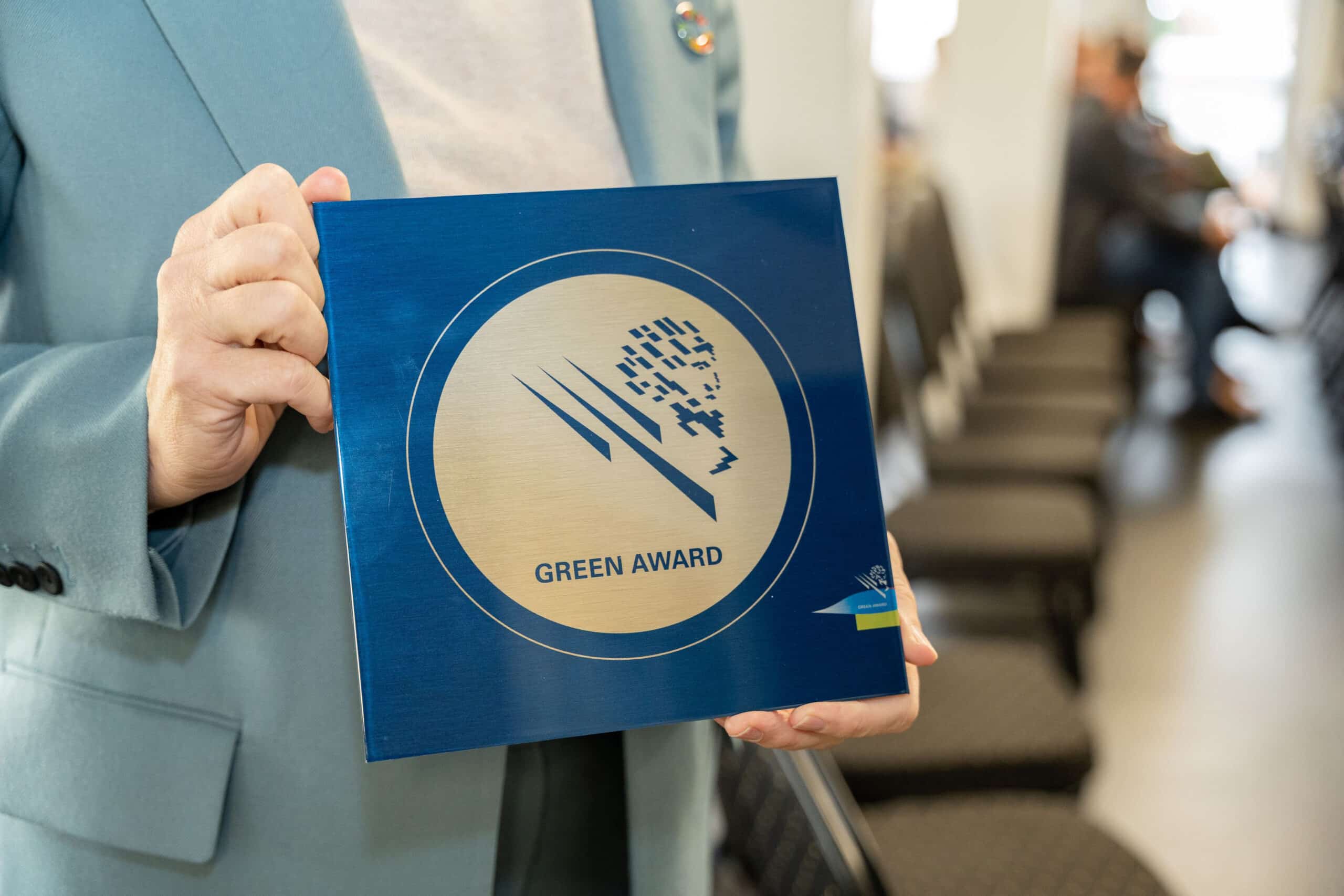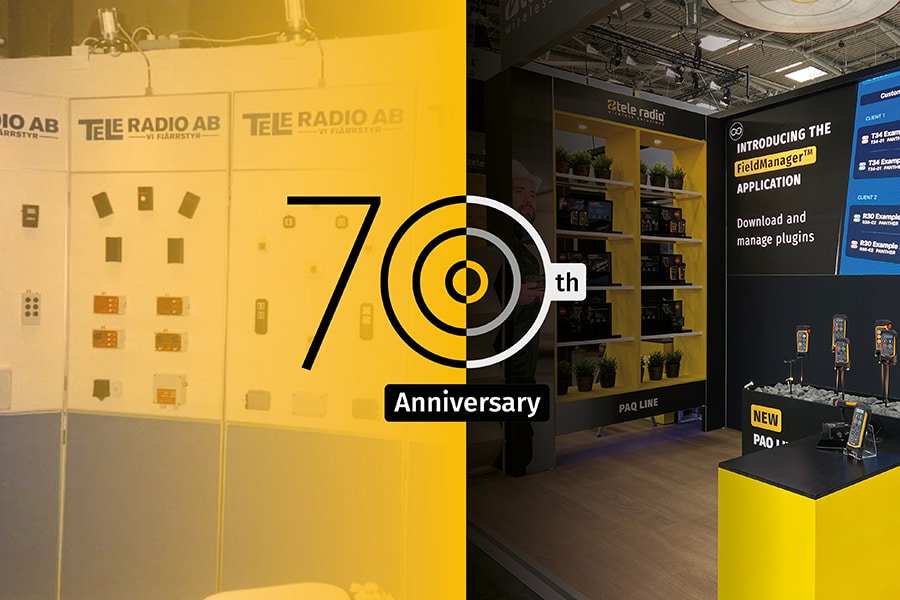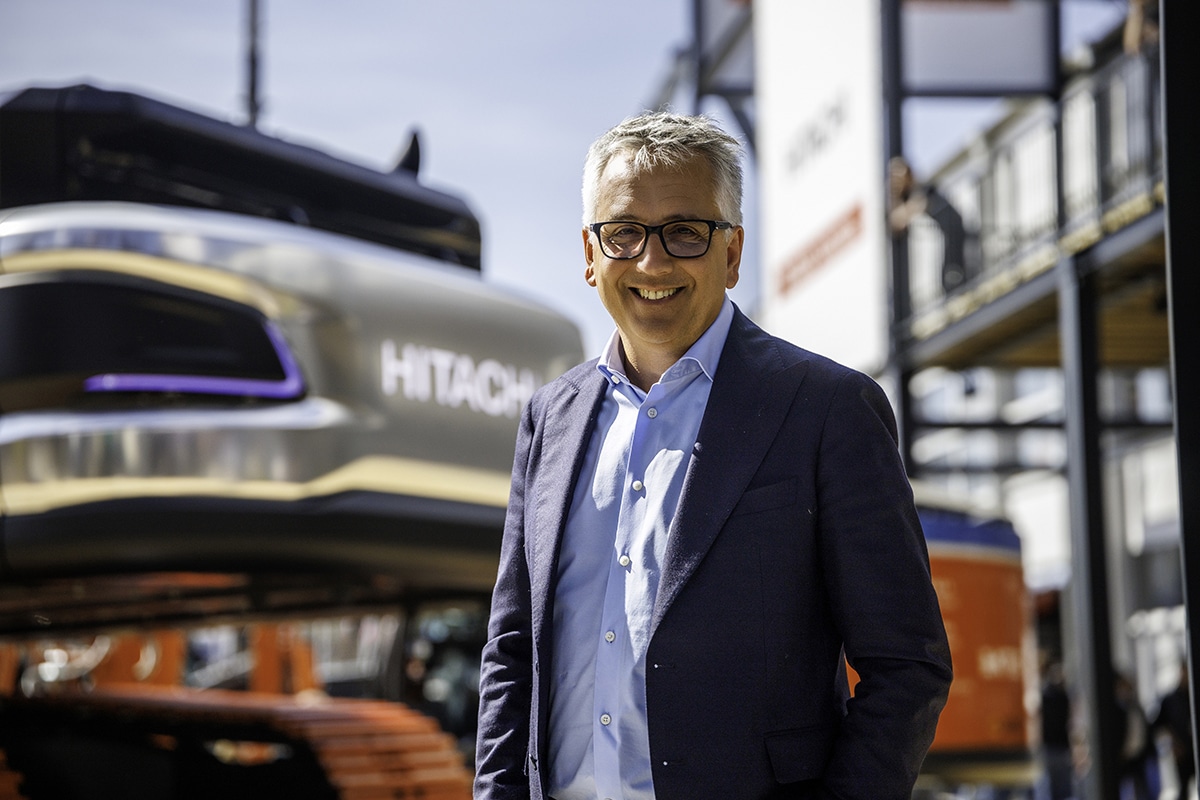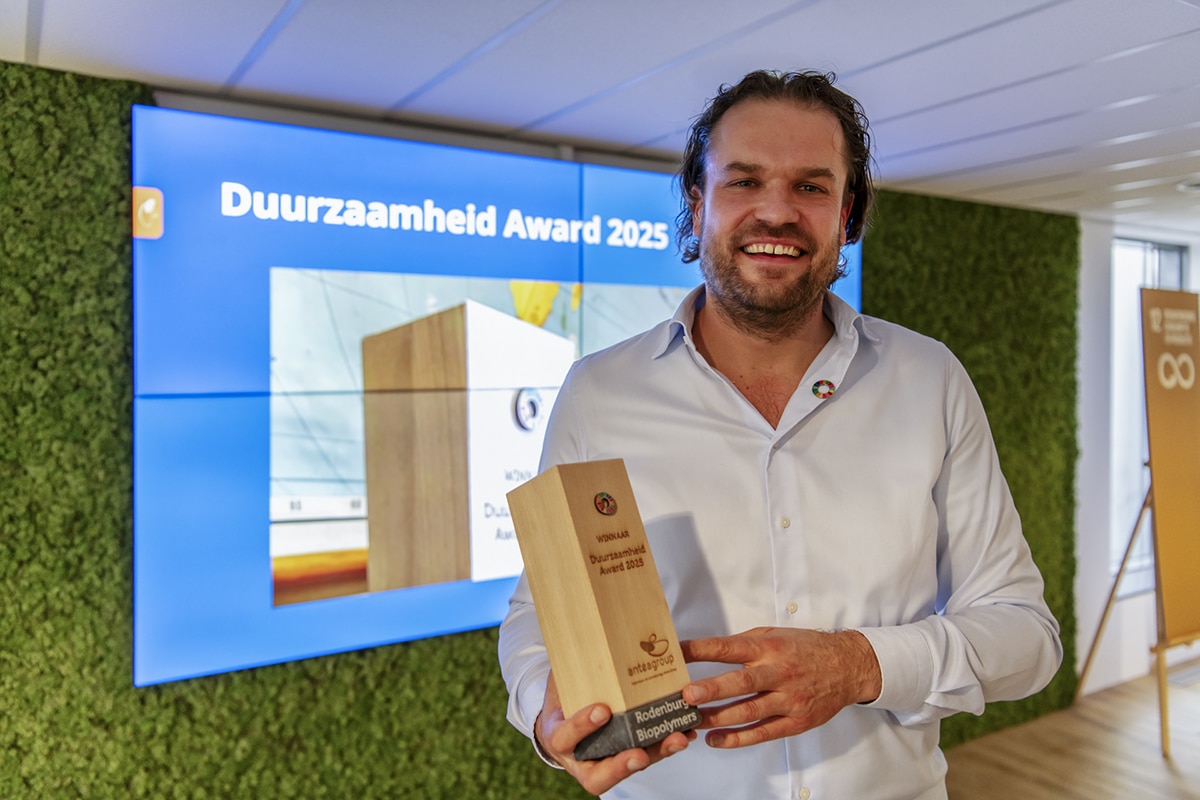
The best seals come from Ridderkerk
Water management is becoming increasingly important. Part of water management is sealing structures. Trelleborg is a specialist in this field. The Dutch branch is located in Ridderkerk and supplies engineered solutions worldwide. We speak with André de Graaf and Emal Kamal of Trelleborg, about their work on the New Terneuzen Lock project.
"We know our way around the Netherlands well," De Graaf opens the conversation. "For example, you can find our seals at the lock in IJmuiden, at the storm surge barrier in Nieuwpoort and at the Afsluitdijk. We are also at work for the Nieuwe Sluis Terneuzen. For that, we made seals for the bottom gratings to be sunk into the kolk."
Dry immersion is a requirement
"The bottom gratings made of concrete are caissons with hole patterns. In order to position them very precisely, they must not move when sinking. Were you not to seal the holes, the caissons would fill up with water on the way down and cause movement," explains De Graaf. "So dry immersion is a requirement. We designed a sealing system where we seal clusters of holes, because sealing one hole at a time is impossible. They are square windows made of soft natural rubber, which are specially designed against the forces that come to bear on them."
Kamal adds, "This rubber must be able to handle enough compression, to accommodate the erratic nature of the concrete. Steel plates are mounted over the rubber segments. In some locations, the rubber is clamped with prestressing. The water pressure does the rest. A total of 36 of these cluster elements are involved."
Leaving nothing to chance
"First, we clearly identified the needs, preconditions and requirements. Based on that, we looked at which seals in turn fit that," Kamal explains. "We determined the dimension limitations and finally put all possible options in the 'funnel.' In the end, we were left with a number of seals that were 'fit for purpose.' In doing so, we made our own condition to stay within our standard range profiles, because we know their behavior. In the final evaluation, we looked at compound, type, life expectancy and ease of installation."
Invisible but very important
Both De Graaf and Kamal realize that their work almost always disappears from view. "That doesn't matter; we're just as proud of it," says De Graaf. "Our products are invisible, but immensely important. For that reason, we enter into an intensive collaboration process with every customer. That gives us the most beautiful and prestigious projects, we remain proud of that."



